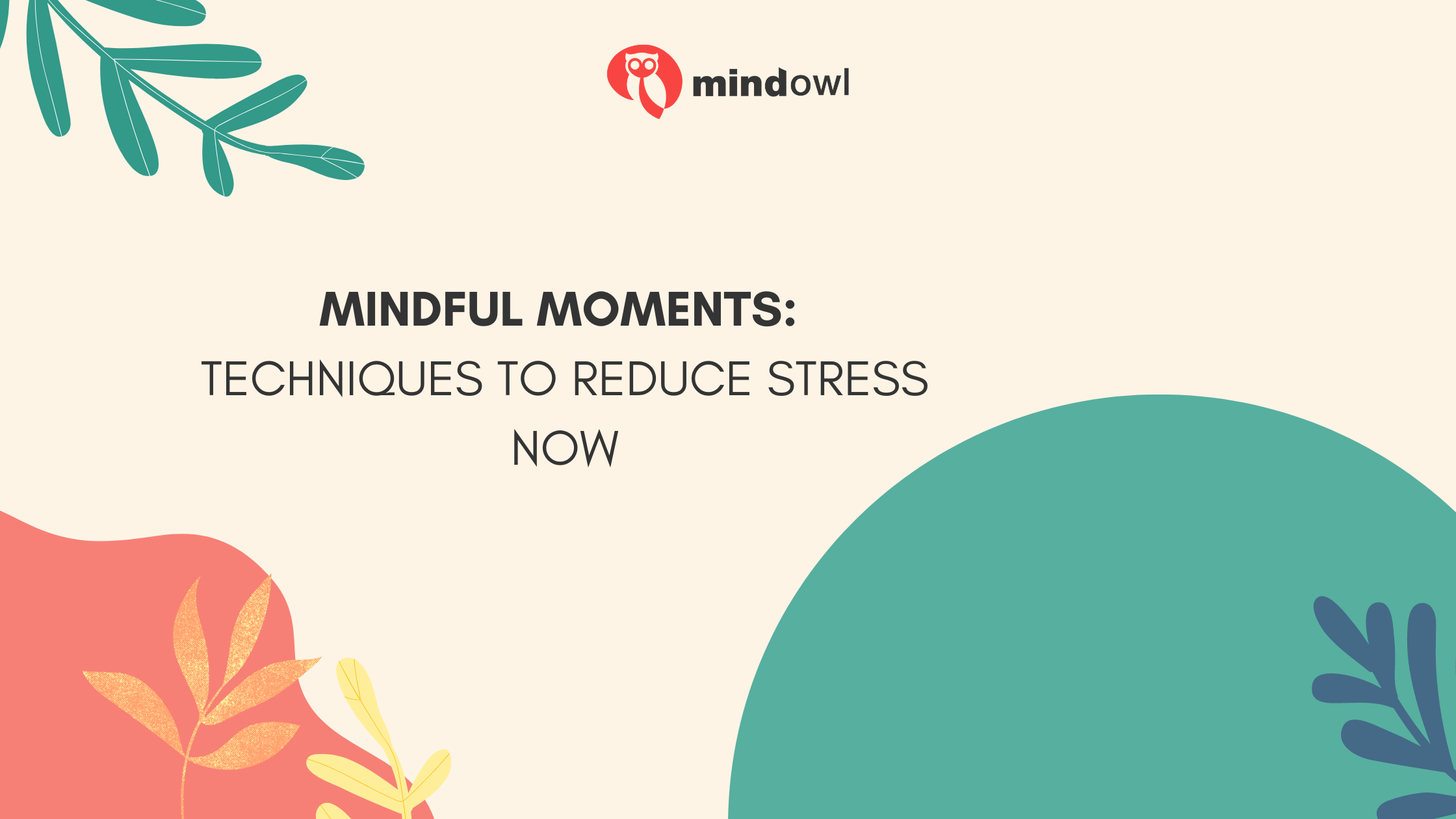
Credit
Finding moments of peace can seem nearly impossible. Stress, whether from work, relationships, or other daily responsibilities, affects our mental and physical well-being. However, there is a simple solution many people overlook: mindfulness.
In this article, we’ll explore several mindfulness techniques to help you find serenity and balance in your daily life.
Why Mindfulness Matters
Mindfulness isn’t just a trendy buzzword; it’s a scientifically backed approach to enhancing mental and emotional well-being. The essence of mindfulness lies in the non-judgmental awareness of our thoughts, feelings, and surroundings, moment by moment.
• Stress reduction: Mindfulness techniques effectively trigger the relaxation response in our bodies, reducing cortisol levels.
• Improved mental well-being: Regular mindfulness practice can alleviate symptoms of anxiety and depression.
• Enhanced focus: Mindfulness helps us become more attentive and productive by training our minds to focus on the present.
• Better physical well-being: Mindfulness can improve sleep quality, lower blood pressure, and even enhance immune function.
Scientific Backing for Mindfulness
Studies from various universities and health institutions have highlighted the profound impact of mindfulness on reducing stress. For instance, a study by Stanford University found that participants who engaged in mindfulness practices reported a significant decrease in stress levels and an increase in overall happiness.
Simple Techniques to Start Now
1. Breathing Techniques
Breathing techniques are an excellent entry point into mindfulness practice. Focusing on your breath helps calm the nervous system and brings your attention to the present moment.
Steps for Effective Breathing:
- Find a Quiet Space: Sit or lie down comfortably.
- Focus on Your Breath: Close your eyes if it helps, and breathe deeply through your nose. Feel your abdomen expand.
- Exhale Slowly: Breathe through your mouth, imagining all the tension leaving your body.
Try This Technique:
- 4-7-8 Breathing: Inhale for 4 counts, hold for 7, and exhale for 8 counts. Repeat for 3-5 minutes.
2. Meditative Walking
Meditative, or “core walking,” allows you to blend movement with mindfulness. It’s particularly useful if sitting meditation isn’t appealing.
How to Practice Meditative Walking:
- Choose Your Path: Find a quiet, flat area to walk – a garden, beach, or even a hallway.
- Focus on Movement: Pay attention to the sensation of your feet touching the ground and your breath.
- Slow Down: Reduce your walking speed and concentrate on each step.
Key Points to Mindfulness in Walking:
- Notice the way your body shifts with each step.
- Align your breathing with your movements.
- Focus on your surroundings—the sounds, smells, and sights.
3. Stretching with Awareness
Stretching exercises aren’t just for athletes. Anyone can benefit from mindful movement to release physical tension and improve flexibility.
Steps for Mindful Stretching:
- Get Comfortable: Wear loose clothing and find a quiet space.
- Move Slowly: Transition between stretches slowly, focusing on the feeling in your muscles.
- Breathe Deeply: Pair each stretch with deep breathing to enhance relaxation.
Example Stretch:
- Neck Stretch: Sit up straight, drop your head to one side, and breathe into any tightness you feel. Hold each stretch for several breaths before switching sides.
4. Connecting with Nature
Nature offers a perfect setting for mindfulness practice. Its sensory experiences —sights, sounds, and smells— can ground you and promote relaxation.
Ways to Connect with Nature:
- Hiking: Walk through a forest or park, paying attention to the natural environment.
- Gardening: Engage in hands-on activities like planting or watering.
- Simply Sitting: Find a quiet spot outdoors, sit, and observe your surroundings.
Mindful Activity in Nature: Concentrate on the crunch of leaves underfoot, the rustling of trees, or the songs of birds. Nature can significantly calm your nervous system and invite a sense of peace.
5. Guided Meditation and Imagery
Guided meditation involves listening to a guide who helps you focus and relax through visualization and instruction. It’s an excellent way to practice mindfulness, especially for beginners.
Benefits of Guided Meditation:
- Structure: Follow a clear path without the confusion of self-led practices.
- Relaxation: Promotes deep internal healing by directing your focus.
- Variety: There are numerous guided meditations, such as Yoga Nidra.
How to Start:
- Find Resources: Use apps or online videos to find guided meditations that suit your needs.
- Follow Along: Choose a quiet time, perhaps before bed, and let the guide lead you.
Example Guided Meditation: Visualize a calming place, such as a beach or forest, and mentally “walk” through this setting, focusing on the details and your breath.
Incorporating Mindfulness into Your Routine
To reap the full benefits of mindfulness, consistency is key. Here are strategies to integrate these practices into your daily life:
- Set Reminders: Use alarms or notes to remind yourself to take mindfulness breaks.
- Start Small: Begin with 5 minutes and gradually increase the duration.
- Be Flexible: Choose different techniques that fit your current mood and situation.
- Engage Fully: Whether it’s drinking a cup of tea or a brief stretching session, give the activity your full attention.
Mindful Eating
Mindful eating is another powerful technique to reduce stress and improve overall well-being. Complete attention to the eating and drinking experience, both inside and outside the body, is required for this practice. Here’s how to get started:
- Slow Down: Eat slowly, savoring each bite. Put your fork down between bites to pace yourself.
- Engage Your Senses: Notice the colors, textures, and flavors of your food. Appreciate the aroma and the sounds of eating.
- Pay Attention to Your Body: Observe your body’s signs of hunger and fullness. Consume food only when you are hungry and stop when you are full.
Conclusion
Incorporating mindfulness into daily routines can significantly reduce stress and improve overall health. Whether you’re floating in the water, walking meditatively, stretching, connecting with nature, or following guided meditation, these practices provide a haven from the hustle and bustle of daily life. Additionally, consider exploring a psychedelic retreat for a deeper, transformative experience in mindfulness and stress reduction.
Remember, mindfulness is a skill that grows stronger with regular practice, so find the activities you enjoy. With a mindful approach, you’ll discover a path to serenity amid the chaos of everyday life.
MindOwl Founder – My own struggles in life have led me to this path of understanding the human condition. I graduated with a bachelor’s degree in philosophy before completing a master’s degree in psychology at Regent’s University London. I then completed a postgraduate diploma in philosophical counselling before being trained in ACT (Acceptance and commitment therapy).
I’ve spent the last eight years studying the encounter of meditative practices with modern psychology.

